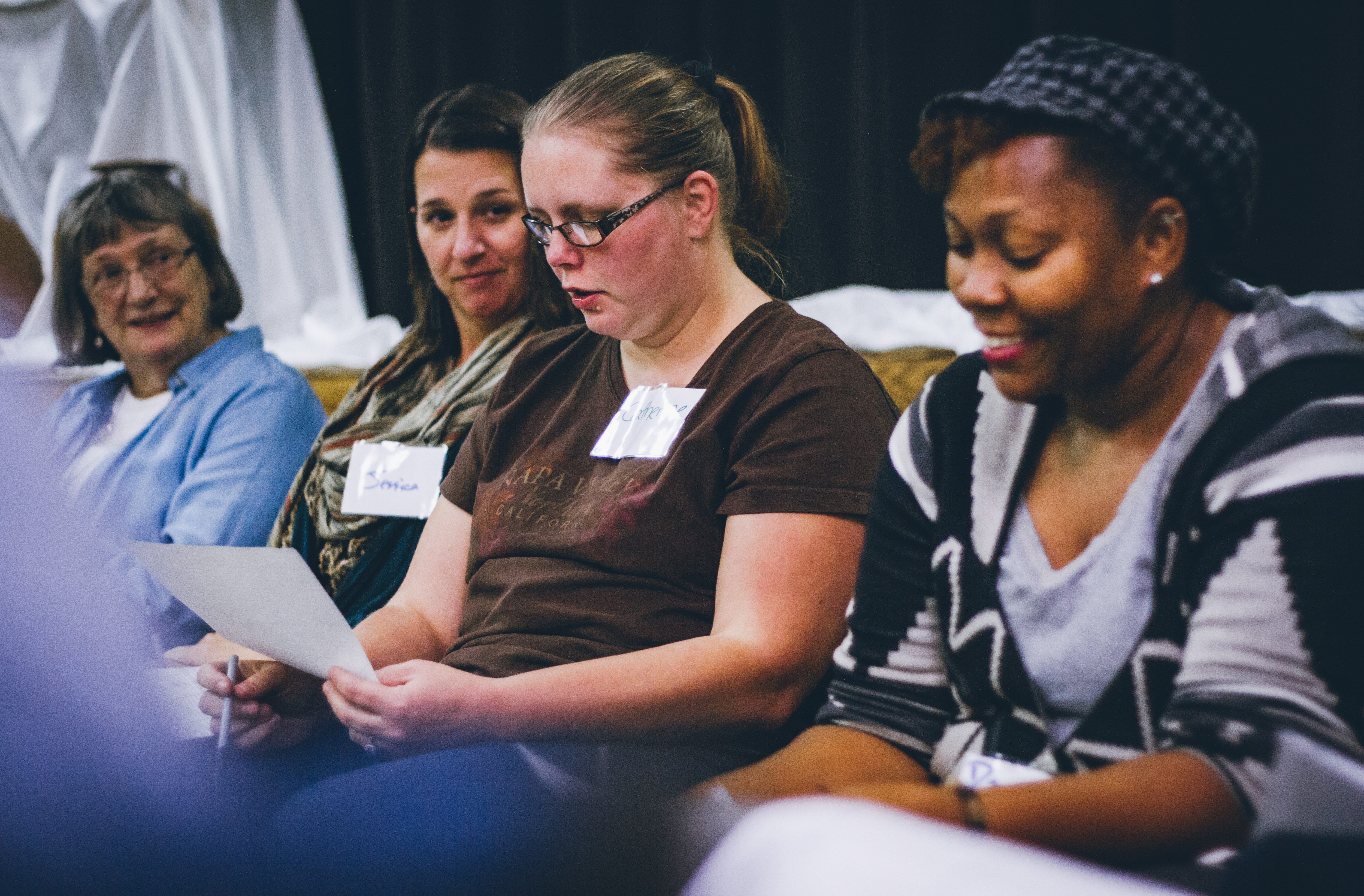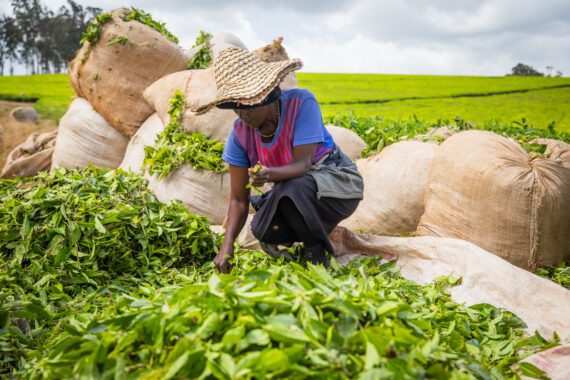By Marlysa Thomas, Bread for the World Institute
What will it take to end hunger among women and girls in the United States? Regardless of racial and ethnic background, women and girls living in the United States are more likely to experience hunger than men, and rates of hunger only increase for women and girls of color. It is surely no coincidence that women also earn less, have more health conditions, are more likely to be uninsured or underinsured, and face violence at higher rates than men. How, then, are we supposed to adequately respond to and ultimately end the vulnerability to hunger that women and girls in the United States face every day?
Hunger and poverty among women and girls is a problem that has several causes. As such, it will require several remedies. The Sustainable Development Goals (SDGs) are a set of 17 human development goals that offer just that—several remedies to address the multi-faceted, multi-layered issue of hunger and poverty. The SDGs were created and supported by the United States and 192 other countries, and combined, the SDGs show the way forward to a better world for everyone. Some of the goals include eliminating hunger, ending poverty, and achieving gender equality. The idea of leaving no one behind is integral to the SDGs. This, of course, includes all U.S. women and girls as a whole, and all U.S. women and girls of color.
Several SDGs would help end gender-based hunger in the United States. As Bread for the World Institute’s recent fact sheet, “Hunger and Poverty in Female-Headed Households,” explains, the most important goals to achieve zero hunger for girls and women in the U.S. by 2030 are Goal 5 (gender equality), Goal 10 (reduced inequalities, most prevalently racial inequality), Goal 8 (decent work), and Goal 3 (good health and well-being). These goals, working in tandem with one another, all contribute to closing the gender hunger gap and working towards zero hunger in the United States:
- Ensuring gender equality contributes to ending hunger among women. Although women and men do not have significantly different employment rates, women are twice as likely to work in low-wage, part-time jobs with few or no benefits, when compared to men. In addition, women with a high school diploma or less are paid 76 cents for every dollar paid to men with the same education. The goal of gender equality would close this wage gap and increase the current income of millions of U.S. women. Presumably, women would also no longer be twice as likely to work in low-wage or part-time jobs because men and women would be paid the same amount for doing the same work. So, women would not be predisposed to earning less income and being more at risk for food-insecurity.
- Reducing inequalities contributes to ending hunger for women. African American and Latina women, particularly single mothers, face both gender and race inequalities. Single mothers of color are twice as likely to live in poverty and suffer from food-insecurity as single mothers overall, and about three times as likely to experience poverty and food-insecurity as the overall U.S. population. Reducing these types of inequalities will ensure that marginalized populations, including African American and Latina female-headed households, are not left behind, but are instead free from discrimination in their efforts to earn enough to provide for their families.
- Creating decent work contributes to ending hunger for women. Many women and men work in occupations and workplaces segregated by gender. Women are more likely to be exposed to unhealthy working environments and work in low-paid jobs. In particular, they are more likely to work in tipped-based jobs, which can legally pay just $2.13 an hour with the unrealistic expectation that workers will receive large enough tips to make up the rest. The goal of creating decent work for women requires that they have livable wages and employment benefits, and are not concentrated in the lowest-paying jobs based on their gender and race.
- Ensuring good health contributes to ending hunger for women. Women, particularly single mothers, are more likely to lack health insurance at work. They are thus more vulnerable both to going without needed medical care, and to losing essential income or potentially their jobs if they are too ill to go to work. Employers that provide affordable health insurance and offer benefits, such as paid sick leave, help working women remain in good health and better able to provide for their families.
Ending hunger means leaving no one behind—an integral and central characteristic of the SDGs. We must support communities most affected, which include both women and girls as a group, and more specifically women and girls of color. Without gender equality, reductions in inequality (namely racial inequality), additional decent jobs, and affordable, good-quality health care, women and girls will continue to suffer from higher rates of hunger and poverty than males. Working toward the SDGs will provide increased access to the supports that will close the gender pay and opportunity gaps and contribute to ending hunger and poverty among women and girls in the United States.
Marlysa Thomas is domestic advisor for policy and programs for specific populations at Bread for the World Institute.



